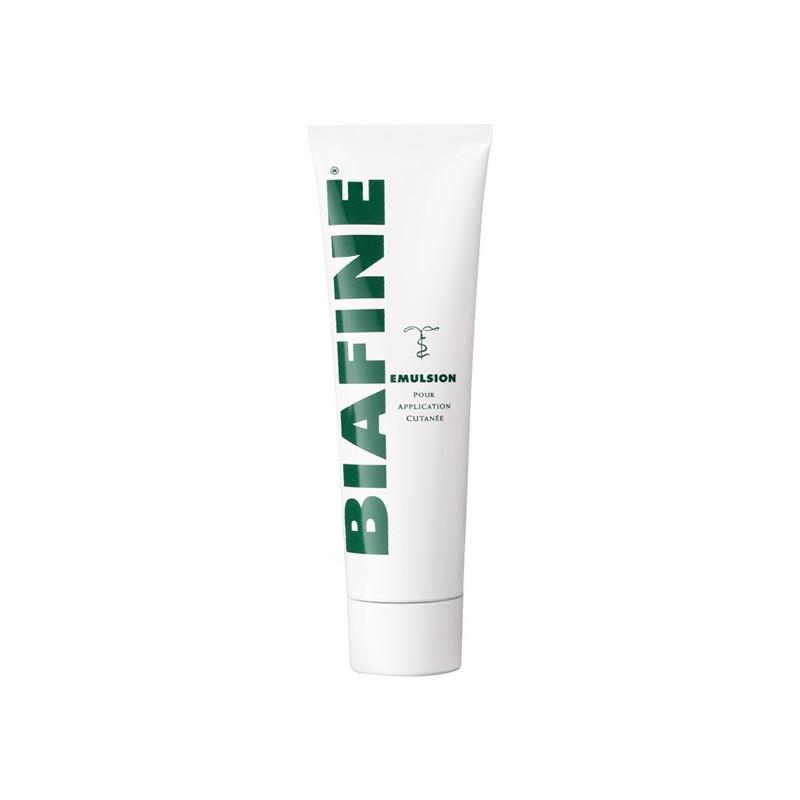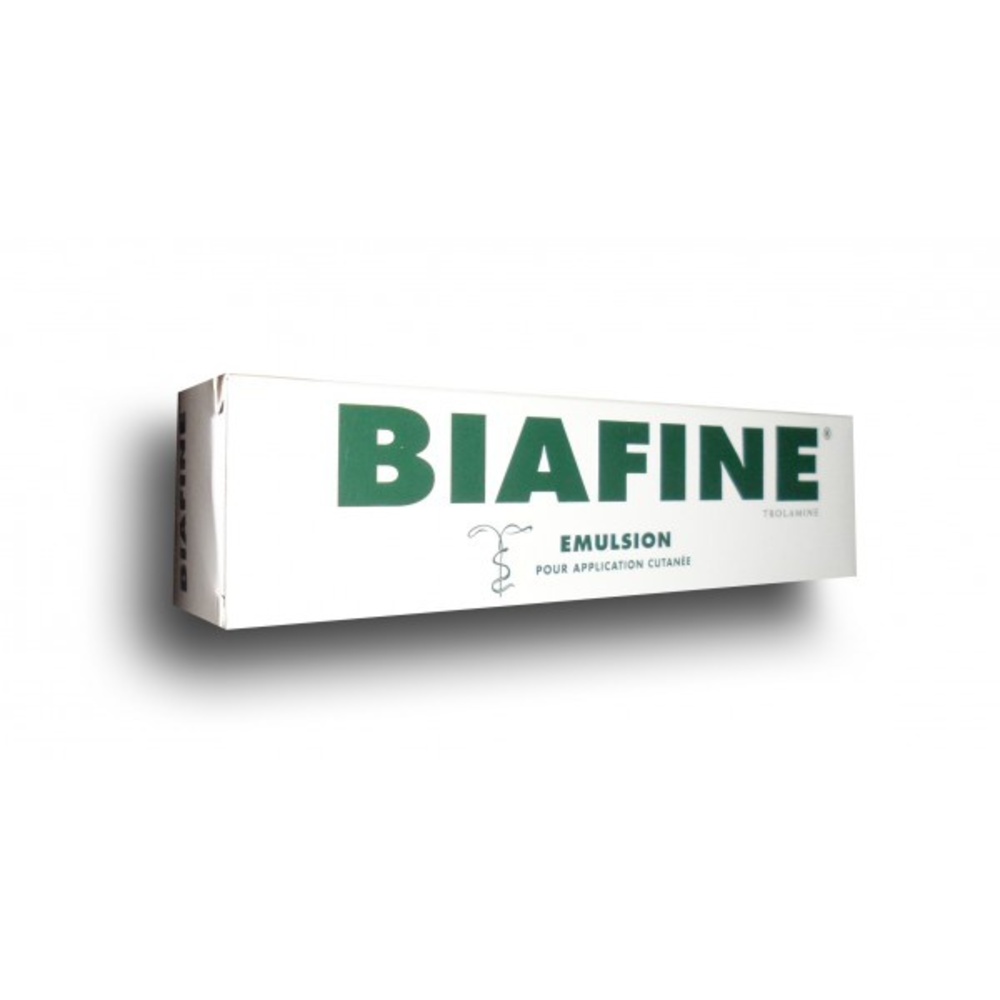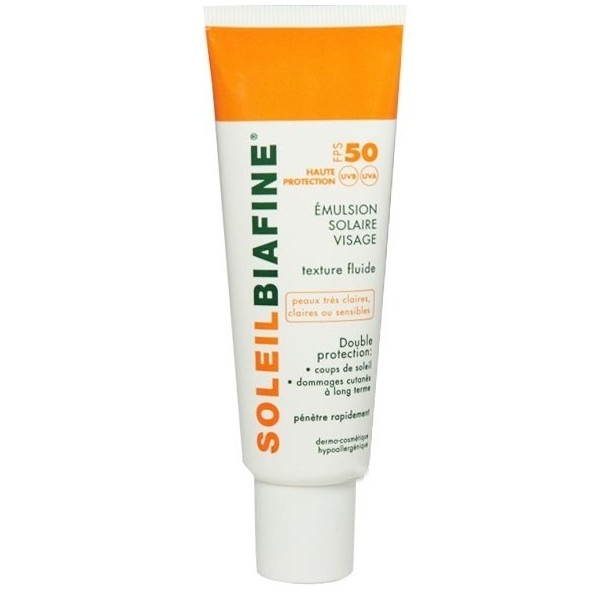
Long Beach, California, United States, 90822

Veterans Affairs Medical Center - Long Beach Loma Linda, California, United States, 92354 La Jolla, California, United States, 92093-0658

University of California San Diego Cancer Center Greenbrae, California, United States, 94904 Glendale, California, United States, 91204 Glendale Memorial Hospital and Health Center Little Rock, Arkansas, United States, 72205Ĭoncord, California, United States, 94524-4110Ĭancer Center and Beckman Research Institute, City of Hopeĭuarte, California, United States, 91010-3000 University of Arkansas for Medical Sciences Tuscaloosa, Alabama, United States, 35401įoundation for Cancer Research and Education Radiation Oncology Associates of West Alabama Montgomery, Alabama, United States, 36106-2801 Huntsville, Alabama, United States, 35801 Huntsville, Alabama, United States, 35801-4470Ĭomprehensive Cancer Institute of Huntsville University of Alabama at Birmingham Comprehensive Cancer Centerīirmingham, Alabama, United States, 35294-3300 PRIOR CONCURRENT THERAPY: Biologic therapy: Not specified Chemotherapy: Concurrent chemotherapy allowed Endocrine therapy: Not specified Radiotherapy: See Disease Characteristics No prior radiotherapy to treatment field Surgery: See Disease Characteristics Prior surgery allowed Other: No other concurrent investigational therapy No concurrent participation on other RTOG clinical trials No concurrent amifostine (concurrent pilocarpine allowed)
#BIAFINE EMULSION SKIN#
PATIENT CHARACTERISTICS: Age: Not specified Performance status: Zubrod 0-1 Life expectancy: Not specified Hematopoietic: Not specified Hepatic: Not specified Renal: Not specified Other: No known skin allergy or sensitivity to Biafine No inflammatory or connective tissue disorders of the skin No history of mental incompetence, including psychological disorders or drug dependency disorders, that would preclude study compliance PROJECTED ACCRUAL: Approximately 500 patients will be accrued for this study within 17 months.ĭISEASE CHARACTERISTICS: Histologically confirmed stage III or IV squamous cell carcinoma of the head and neck, including: Oral cavity Oropharyngeal Hypopharyngeal Laryngeal Radiotherapy indicated as primary treatment or treatment after primary surgical resection Primary field to receive at least 50 Gy No skin rash, ulceration, or open wound in treatment field No tumor involvement of the skin Patients are followed weekly for 4 weeks. Quality of life is assessed before treatment, weekly during treatment, and then weekly for 4 weeks after treatment completion.

Arm III: Patients receive radiotherapy as in arms I and II, with Biafine cream applied as in arm II only after skin becomes symptomatic (i.e., redness, dryness, itching, or tenderness).

Biafine cream is applied no fewer than 4 hours before treatment and no fewer than 4 hours between applications. Arm II: Patients receive radiotherapy as in arm I, with Biafine cream applied to skin 3 times daily 7 days a week at the initiation of radiotherapy and continuing for 2 weeks after the last radiation treatment. Arm I: Patients receive radiotherapy once daily 5 days a week for 5-8 weeks, with or without standard skin cream application (no Biafine cream) to irradiated skin. Patients are randomized to 1 of 3 treatment arms.
#BIAFINE EMULSION PLUS#
Patients are stratified according to lymph node status (negative vs positive), type of treatment (radiation plus chemotherapy vs radiation alone), radiation fractionation (standard vs concurrent boost), and radiation dose (50-60 Gy vs greater than 60 Gy). Assess the toxicity of Biafine cream in these patients. Compare quality of life of these patients with this treatment. Determine if prophylactic or interventional use of Biafine cream is more effective based on a reduction in maximum skin toxicity resulting from radiation treatment in this patient population. Compare the efficacy of prophylactic Biafine cream vs standard best supportive care in reducing grade 2 or higher radiation-induced skin toxicity observed during radiotherapy in patients with advanced squamous cell carcinoma of the head and neck.


 0 kommentar(er)
0 kommentar(er)
